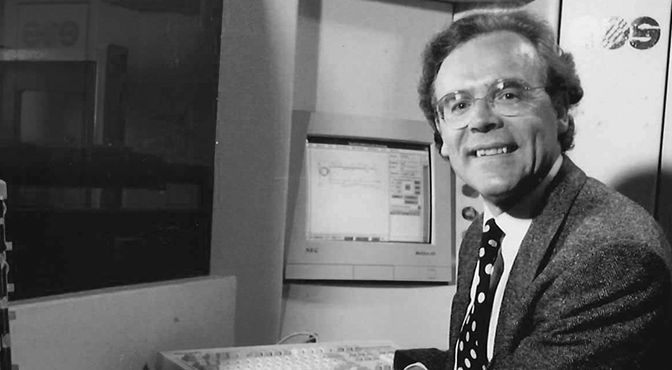31st March 2017, 10:00 – 16:00
The Manufacturing Technology Centre, Coventry (directions here)
Investment in education and training leading to the provision of the right skillsets at the right time will be key if UK industry is to capture the opportunities afforded by the adoption of Additive Manufacturing technologies.
This event aims to bring together those with insight into how Additive Manufacturing technologies will develop and can be most effectively deployed by industry in order to advise Additive Manufacturing UK of the nature of future skills needs. Outputs of this event will be used to inform recommendations for action and will support ongoing work with the UK Government and wider stakeholders. The aim is to ensure that the implementation of the UK Industrial Strategy delivers the skills necessary for the on-going success of the many sectors now adopting Additive Manufacturing within the broader changes being realised through the diffusion of Digital Manufacturing.
The conference will cover topics ranging from how to increase general awareness of the practicalities of adopting Additive Manufacturing, through to the development of specific skills and competences in design and manufacturing for both new entrants to the workforce as well as those already in work. Participants will include organisations wanting to develop the Additive Manufacturing skills and competences of their current and future workforce, as well as organisation providing Additive Manufacturing awareness raising and training courses at all levels. We anticipate that the event will lead to a better and more inclusive understanding of the changes necessary to the education and skills of current occupations as well as potential new roles, and understanding of the timing and scale of such changes in demand.

